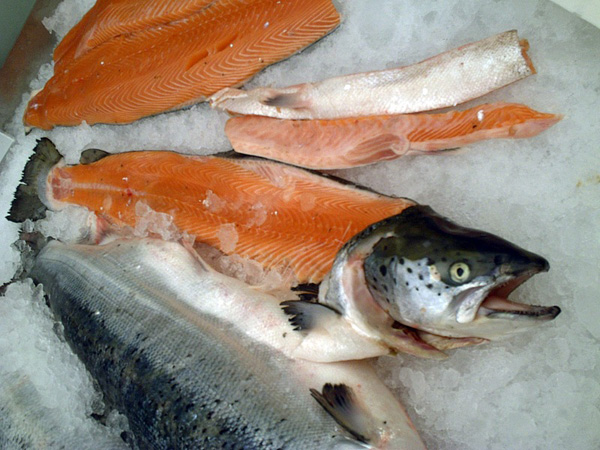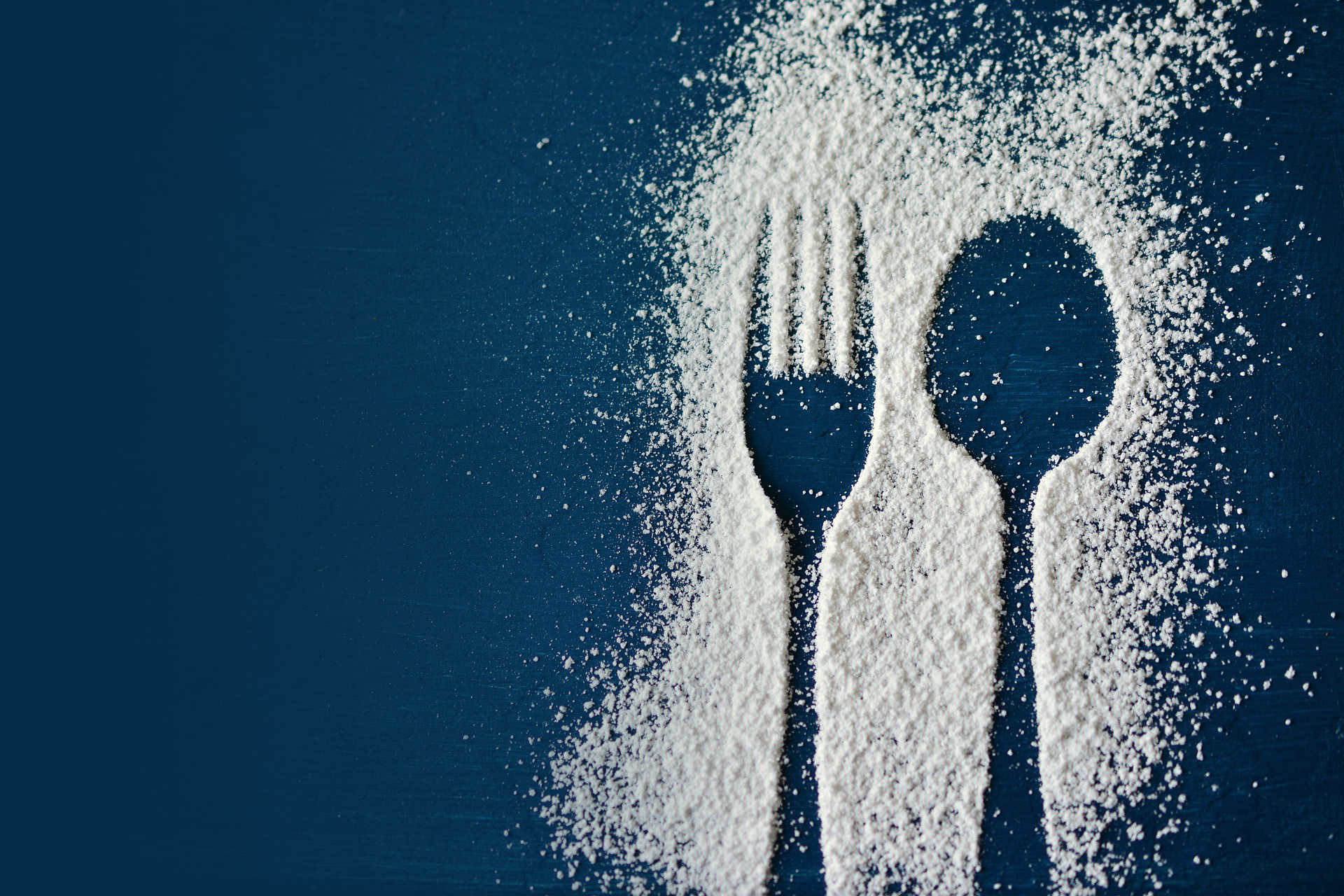In an industry where traceability and blockchain are becoming key factors in food safety verification, could graphene labels an innovative solution? Researchers at Rice University certainly think so as they have developed graphene labels that can be “tattooed” directly on the skins on certain food items.
Graphene is the world’s first and only 2D material that is man-made; it is considered to be stronger than steel, 100 times more conductive than copper and is only about one atom thick. Scientists at Rice University have developed a way to tattoo labels and designs directly on the surface of foods such as toast, potatoes, coconut shells and cookies. Using a laser, they can manipulate the surface carbon on these food items and transform them into graphene which results in a deep black design, similar to a black tattoo.
This labelling method does not require any special sanitary rooms or vacuums because the graphene molecules can be optimized to promote the formation of amorphous carbon. Due to the conductivity of this substance, the lasered labels also carry a charge that can store power, transmit data and even light up. This makes it possible for food manufacturers to input traceability information into the labels for blockchain tracking.
“Very often, we don’t see the advantage of something until we make it available,” said Professor James Tour, a Rice University Chemist that was involved in this discovery. “Perhaps all food will have a tiny RFID (radio-frequency identification) tag that gives you information about where it’s been, how long it’s been stored, its country and city of origin and the path it took to get to your table.”
RELATED: From the Ocean to Your Plate: New Blockchain System Allows Consumers to Track Their Fish
These laser induced graphene (LIG) tags provide a lot of opportunity for food manufacturers. Their edible composition allows them to be as large as a company wants them to be and they can be placed anywhere on the surface of their products. In addition, these labels could also be designed to light up and indicate to consumers that a food product is contaminated with bacteria like E. Coli, according to Tour. LIG labels could go a step further than traditional RFID tags in ensuring the safety of a food product.
However, this project is still in its early phase and LIG labels are currently possible for specific foods that are high in lignin – a tough plant polymer that is found in woody foods and items. This method can also be applied to non-edible items like wood and cloth which could spur the development of light-up clothing and furniture.
“This has applications to put conductive traces on clothing, whether you want to heat the clothing or add a sensor or conductive pattern,” Tour said.
A future of interactive and light-up foods may be considered to be a space-age fantasy but according to Rice researchers, this future is not far from now. As blockchain becomes more prominent in the food industry, this new technology has the potential to reduce paper-waste and improve food safety standards as a whole.










Join or login to leave a comment
JOIN LOGIN